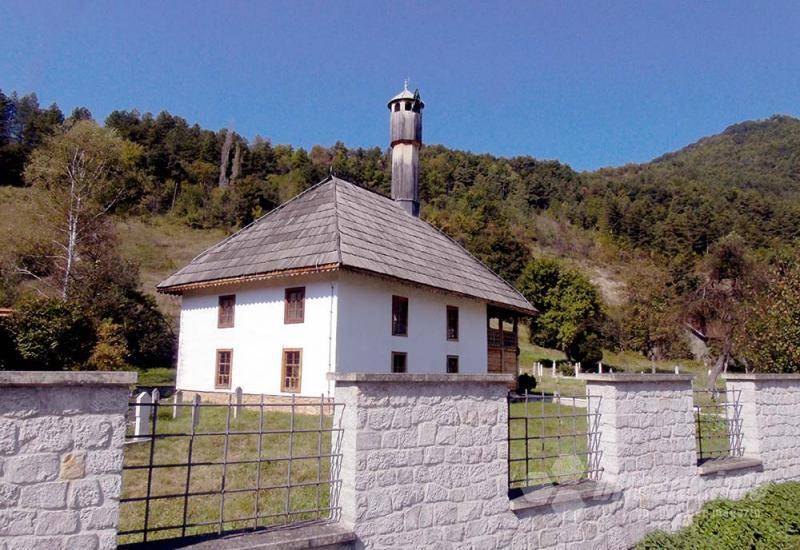If you are visiting Bosnia & Herzegovina, and want to visit rare National monumets, the mosque in Kraljeva Sutjeska is a perfect choice for you.
The mosque in Kraljeva Sutjeska is located on the left bank of the Trstionica River, Kakanj Municipality. It has been desinated as a National Monument of Bosnia and Herzegovina.
According to tradition, the mosque dates from 1463, when the Kraljeva Sutjeska (King’s Sutjeska) was at the height of its development. Tradition says that the mosque was erected by Mehmed II the Conqueror, after the conquest of Bobovac, in just few days.
There is little historical information about this mosque. It was not preserved by the founder’s vacancies, nor was it preserved with a chronogram, and there is no accurate or reliable information about its creation.
The tenth muharma is a traditional date in which the Muslim population in the vicinity of the King’s Sutjeska celebrates Muhammad’s birthday. Keeping the mullahs in Kraljeva Sutjeska is listed as one of the four most important manifestations of the Islamic Community Riyadh in B&H.
Mosque is built of tiles using wooden hatulas (the foundations and walls of the ground floor of the mosque central area up to the height of the falcon are made of stone), and the exterior and interior facades are plastered and trimmed. The roof structure is wooden and a double-tiled tile was used as the cover. The original shroud was shingle.

The octagonal section is made of 8 wooden edge columns of four-section section, and the cross section of these wooden columns gradually narrows from the base of the minaret to its top. The vertical construction of the minaret rests on a floor made in the form of a wooden grill that rests on the transverse bearing wall of the mosque.
The mosque lost its original character by closing the porch area and establishing a gas hall, abdestahana and classroom, putting tiles as a roof covering, interior painting in the interior, which is corrected by restoring it to its original state.
The mosque lost its original character by closing the porch area and establishing a gas hall, abdestahana and classroom, putting tiles as a roof covering, interior painting in the interior, which is corrected by restoring it to its original state.
There are about 50 tombstones ( nišan) in the harem of the mosque.
This monument is truly special and worth your visit. Especially if you’re a history lover.